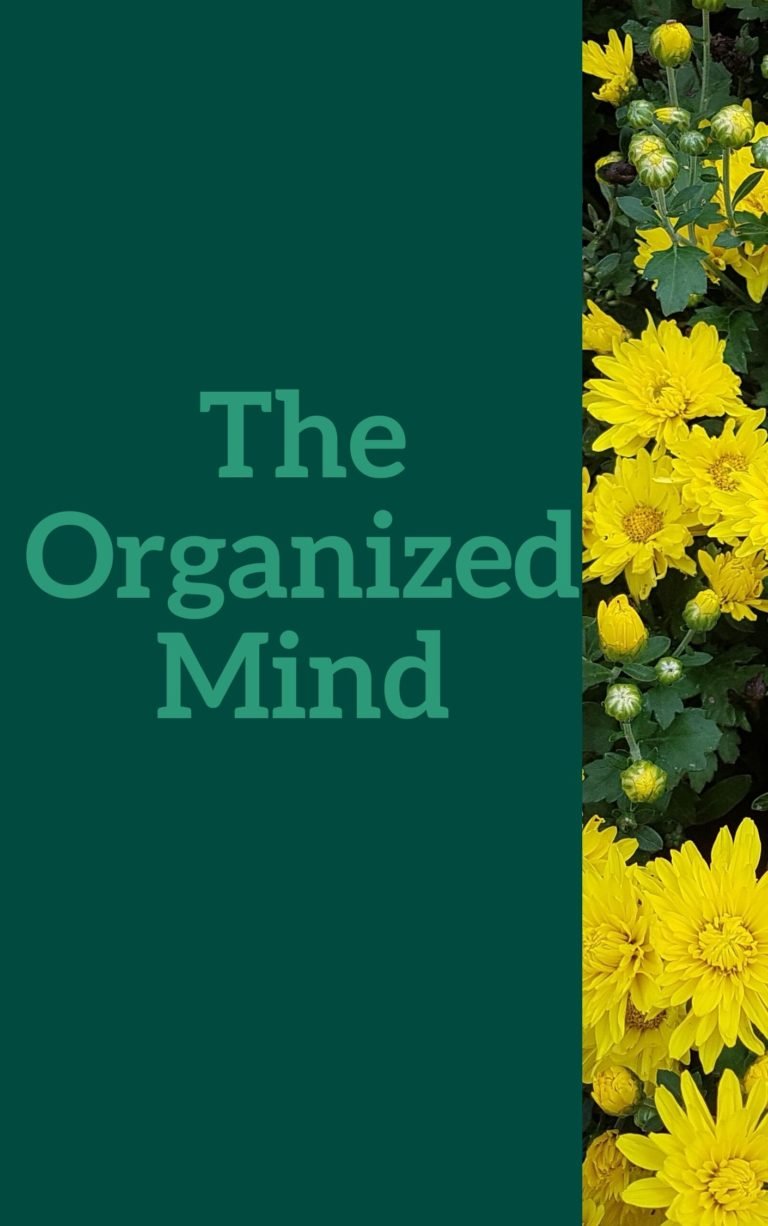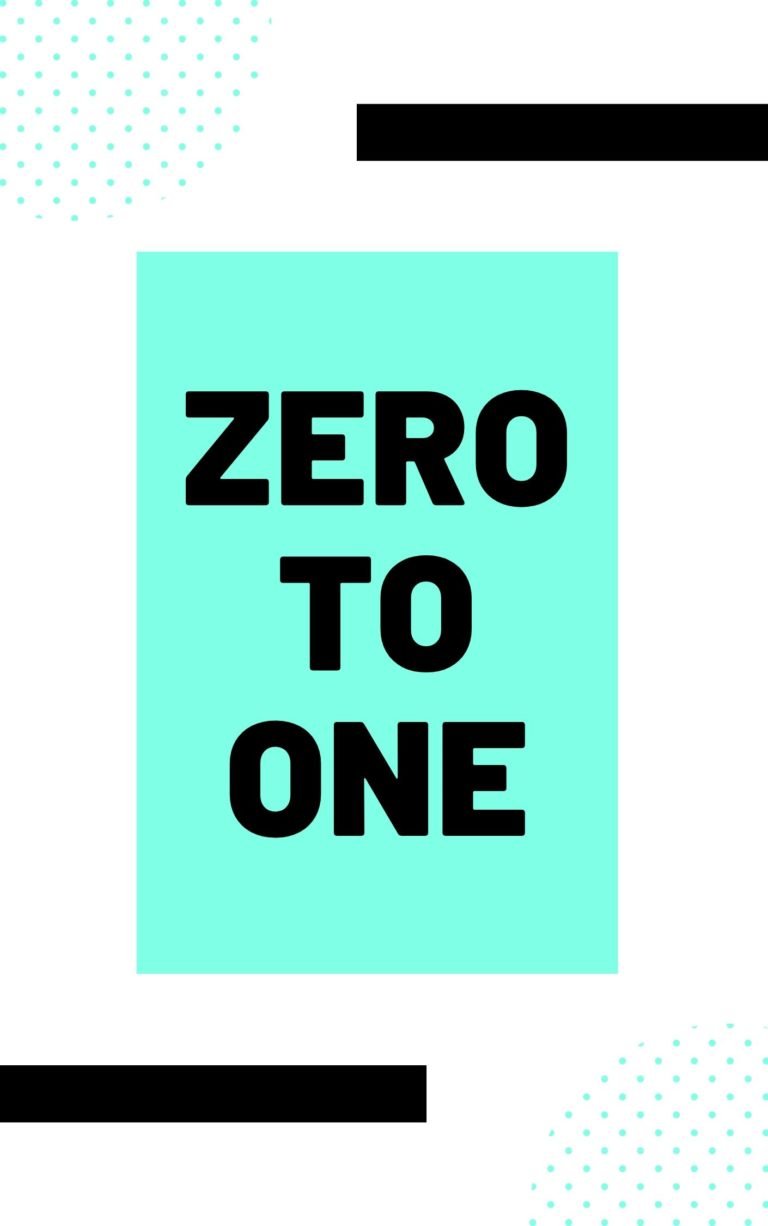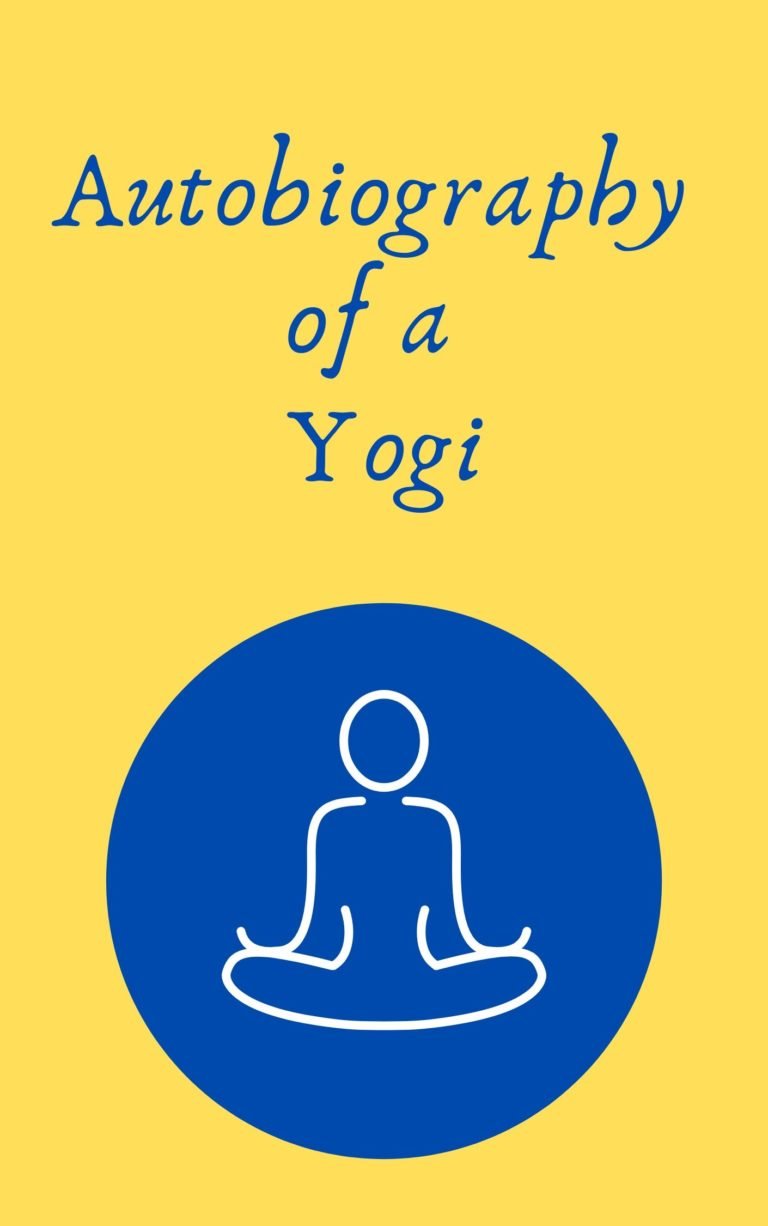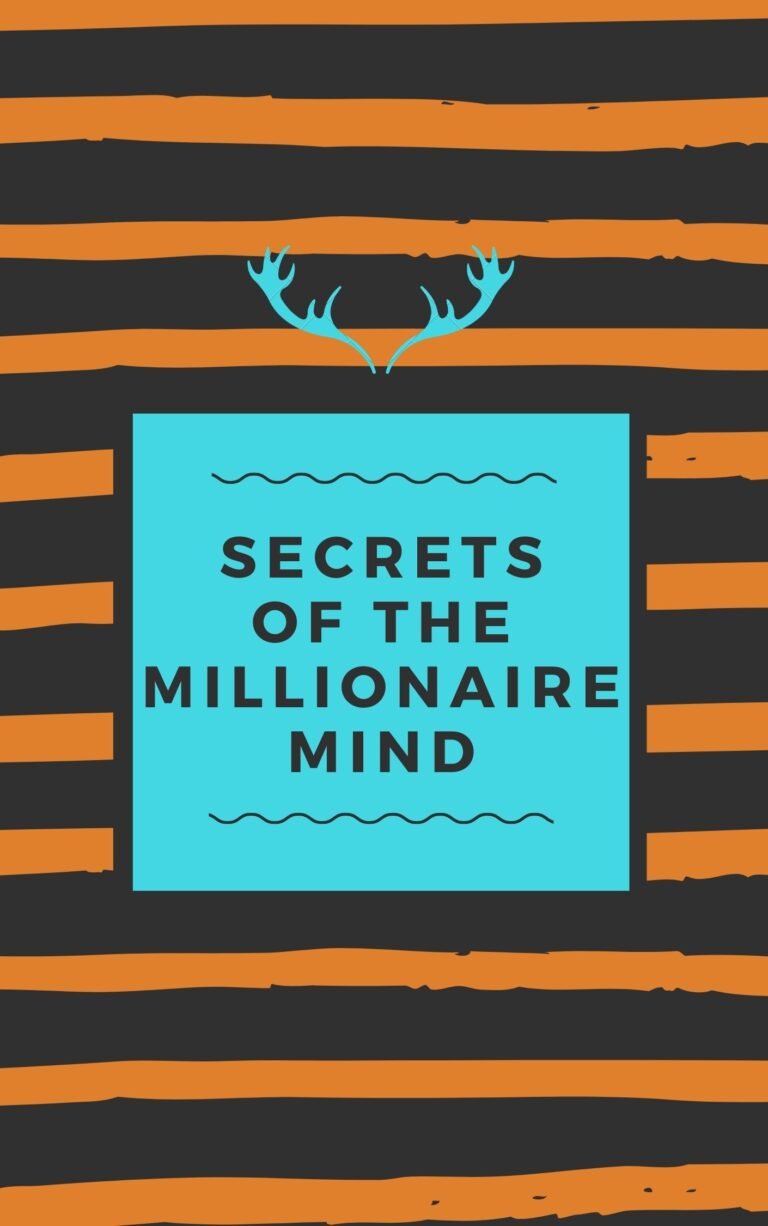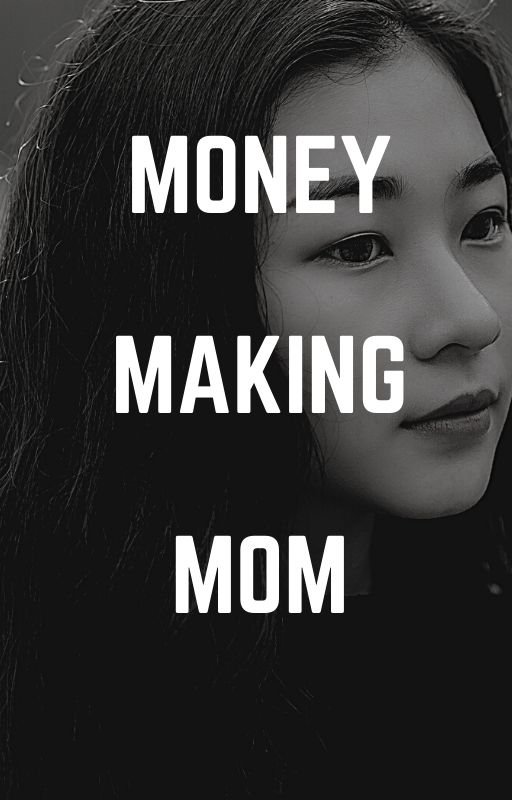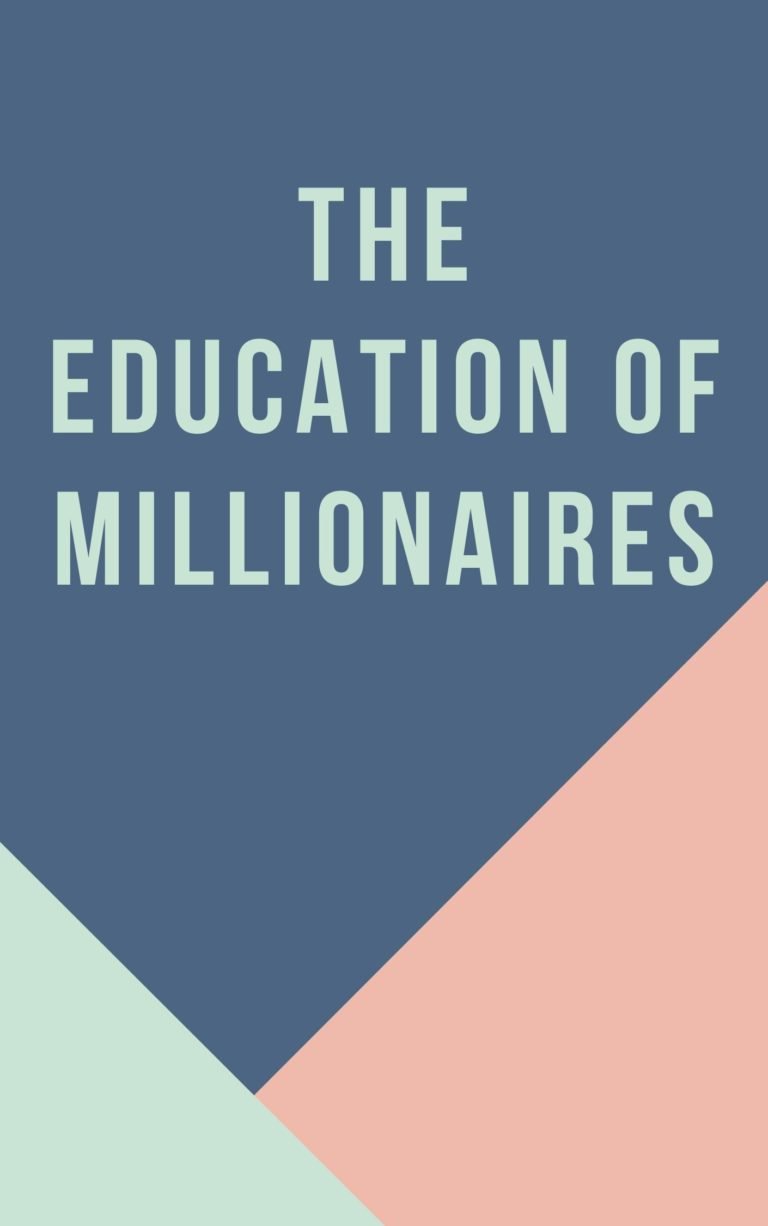Traffic Secrets – Book Summary
The Underground Playbook for Filling Your Websites and Funnels with Your Dream Customers
Russell Brunson
Rating: 8.8
“Controlling traffic is the holy grail for any profitable business. This book is the online formula to create the attention every product needs to thrive.”
— Steve J. Larsen
This book is all about traffic and how to get people and customers to you. What this book teaches you is how to master one platform before you jump into the other one.
Contents
Content
Almost every problem in your business, if you’re doing social media or marketing or sales, etc. can be solved with one thing, more content.
What this is saying is, yes, we can spend all this time optimizing funnels. We could spend all this time getting the perfect script and okay, what’s my avatar, what’s my niche, etc. But at the end of the day, almost everything becomes irrelevant if you just focus on traffic, on content. Think about it this way: The traffic and content are like the heartbeat in your business. It doesn’t matter how jacked you are, it doesn’t matter how slick your hair is, it doesn’t matter how cool your clothes are. If you don’t have a heartbeat, you’re dead. Content is what circulates the blood flow. It’s like that heart… and every time you post, it’s circulating that energy and oxygen, nutrients throughout your business, or your body.
“They think that as long as they build the best product or service, people will just show up to buy it.”
― Russell Brunson, Traffic Secrets
What Do I Talk About
I want to answer the question for this next big idea, what do I talk about? Now again, I want to speak to you if you’re a complete beginner or you’re someone who’s a little lost. You’re like, “Okay, I would love to do something online or I see other people doing stuff online and making money and work for myself and have all that stuff and it’s fun. But I just don’t know what to talk about.”
There are three markets that you need to think about that have been here, will be here, and have stood the test of time. These are health, relationships, and wealth. So, you’ve got to find a business that’s in one of these. And you’re like, “Well, what about self-development? That’s not in any of them.” Well, that’s in relationships, because it’s the relationship with yourself. So, know which one you’re in.
One is finding your market.
Two, you’re going to have submarkets. Because in wealth, well, what are you talking about? You’re talking about real estate? That’s way different than sales and marketing. So that’s where you niche down even more.
Third, you have niches and this is where the riches are in the niches. So, choose your niche. See how when you break all these out, now all of a sudden if you’re doing a channel on internet marketing or how to make a YouTube marketing, you’re not really talking about real estate that doesn’t have a place on. You’re not really talking about health. Yes, there’s one-off videos that you can create or one-off topics that you can create. That’s totally fine. But if you’re like, how to date as a YouTuber, if you built an audience that is all YouTubers, now all of a sudden that becomes relevant because you’re talking to them. Or how to do taxes for YouTubers, that’s relevant. So you see how powerful this is when you start breaking it down to the lowest common denominator. Know your niche.
“This book reveals the most cutting-edge way to drive eyeballs to your product or service to help people find you.”
― Russell Brunson, Traffic Secrets
Customer Avatar
A big portion of this book is going into your customer avatar and knowing who exactly you’re talking to so that when people find your content, they know that it’s for them. And this gets a little creepy, but I want to show you inside my computer because I think it’s going to be easier for me to show you and not just tell you. If you had to pinpoint exactly who your content’s for, and it can’t be for everyone, because the easiest way to be lost in the noise of thousands of videos and thousands of people publishing is to be for everyone. If you’re for everyone, you’re really for no one.
So here is an example of an avatar for Refusing to Settle Youtube Channel. You can use a random image from Google Images for example for a guy called Justin.
Justin’s 25 to 35, he lives in Chicago, USA. He identifies as a future millionaire. He’s currently caught in the transitional scatter zone, wandering twenties of finding his calling. He refuses to settle or sell out and work some corporate job, etc. And the bottom line is Justin wants to know he’s on the right path, not wasting the best years of his life and all his hard work will be worth it one day. If you’re a male between those ages, you kind of relate to some of that stuff in that point. And anytime there are quotes, that’s actually one step further. That’s using your avatar’s real language. So, whenever you get emails, comments, tweets or DMs from people and they say, like, “I’m trying to find my calling, I don’t want to sell out,” write those down. That’s powerful. When you use their own language, it’s like you’re in their head. This is how you connect to people.
Now, every single piece of content you do, view it through the eyes of Justin. Would he like this video? Would he like this book? Because it’s for him. But only make content for your avatars and niche down on their pain points and what they want to gain.
The Dream 100
In this book, Russell Brunson talks about a concept called The Dream 100. It’s on the principle of modelling, which you probably know by now, but Tony Robbins says that if you want to be successful, you go out there and you find people who are already successful in what you’re doing and you model them, and don’t you think if you do the similar tactics, you do their strategy, you’ll get similar results? I remember when I was first learning drums, growing up. I was 11 or 12 when I got into it and I would model my favourite drummers. I would watch their live videos, I would try and practice along to what they were doing, and pretty soon their style kind of became my style and I got a lot better faster because of modelling.
Well, it’s the same thing in your business. So there’s already people out there who have your customers, who have your audience that you want to be a part of, and are doing things the same way that you want to do them. This is called your Dream 100. Now, where does 100 come from? Admittedly, it’s a bit of an arbitrary number. You could have a Dream 10, you could have a Dream 25, but you want to find different model channels. Like if you’re on YouTube. That’s what I recommend in our courses. I say find your 10, 20 dream channels is what we call them. It’s pretty much the same thing as Dream 100. Once you start finding these model channels, these Dream 100, you start following them and engaging with their stuff and this is how you can network and build relationships with them over time.
Dig Your Well Before You’re Thirsty
The concept from the book that stood out to me was a quote. It says, “Dig your well before you’re thirsty.”
I remember I was at a conference where everyone was in a suit and they would come up to me and 20 seconds into the conversation they would pitch you. Look, sales is great but what I’m trying to illustrate here is that it doesn’t work well when you just go up to people and you say, “Hey, can you do something for me? Hey, can you buy something from me?”
“In this powerful book, Russell Brunson opens his heart and shares the tactics and strategies necessary to make sure you reach your full potential.”
― Russell Brunson, Traffic Secrets
Get Traffic
Russel recommends working your way in to get traffic. This is organic. This is how I grew Refusing to Settle. You may or may not know the story, but when I was first starting refusing to settle, I was $26000 in debt from college because student loans is not free money. You’ve got to pay it back. I was living in my mom’s basement. My girlfriend had just broken up with me and I felt like a complete loser. I had nothing. I didn’t even have any money. I had negative money.
The second way you can do it is to buy your way in through paid ads. But I didn’t even know what that was. I was starting from literally nothing. But I saw people who were posting YouTube videos and then I kind of figured it out. I’m like, “Okay, they’re posting, they’re building a following. I’m not sure how they make money with this, but it seems to be working because they get to do this full time.” And they were traveling in Bali and I thought to myself, “That looks pretty cool. That looks better than my mom’s basement.”
And so I just picked up a camera and I started posting videos. At first, they were cringey, but they got better. And so that was me working my way in using the organic strategy. Here we are 500 videos later and a couple of years later and I just kept reading books like this and all the other books and levelling up over time and working my way in and we’ve built a multi six-figure business with over 300,000 organic YouTube subscribers, over 20 million views.
I have tried paid ads but they have always flopped. Picture a pile of $20,000 that you just pile up here. That’s me and paid ads. Now take a match and fricking throw it in that pile of hundred-dollar bills.
Now, there are pros and cons to this. It takes sweat equity. Yes, it takes work. And I don’t know what it is about passive income, but a lot of people get into this space. They get into passive income space thinking it’s easy. They think, “Okay, I want passive income so I don’t have to work,” or “Man, if I made $1 million, I would just sit back with Pina Coladas in Bali and surf and it’s passive, baby. Let it roll in, keep rolling in.”
But when they take that mindset, what are they really saying? I want something without work. Well then naturally, with that motivation and that programming in their mind, they’re not going to be successful. So, if they’re thinking like, “Oh, I’ll do paid ads to avoid work,” well that mindset is the reason they’re not going to be successful either.
It is not passive income. But it’s a good income. It’s fun and it’s a creative outlet. It doesn’t have to be a miserable process. It can be one of the most rewarding things someone does. And one of the pros of working your way in is that you naturally organically build up a tribe. You know that people have all raised their fingers and hit that subscribe button and said, “Yes, I want more from you.” And they’re such diehard fans, versus if you paid for people. It’s kind of like paying for a hooker. It’s like liposuction versus working out. There we go. Paid versus organic.
So, my big point is not to say, “I did it the organic way. So you have to do organic too.” I’m saying that there’s a lot of flashy people in Lambos on Instagram, and they’re saying, “I did it with paid ads and this stuff right here, and why would you do organic traffic,” and they sh** all over organic traffic. But there are so many intangible benefits to building with organic traffic and building a tribe and actually creating content and testing things that you miss out on if you just focus on paid ads like a machine.
Don’t Be Everywhere
I just want to answer one question right now, and this is the next big idea. You’re probably thinking, “All right, Clark. Well man, I’ve heard Gary V talk about it. I’ve heard everyone talking about publishing everywhere on Instagram, Snapchat, Pinterest, LinkedIn, Facebook, YouTube. How the hell do you have the time for that? Does anyone have the time? Are they a solopreneur? I’m one person. How do I have the time to post one piece of content in 15 different places?” So, a lot of people see that and they’re like, “I can’t do that so I won’t do anything.” Or they try it and worse, they get burnt out because it’s exhausting, all right?
Now, here’s the good news. In this book, Russell actually talks about that, that advice of be everywhere is actually some of the most harmful advice to a new person who doesn’t have money to outsource to other people to help them because you burn yourself out and you dilute yourself.
So what he says is this. Spend one-year mastering one platform. That’s it. Here’s build and click funnels. Now they’re at what, over $100 million I think a year or something like that. He said all they did to focus on their platform was Facebook. That was it. And then as soon as they got Facebook down, then it was like podcasts or YouTube and Instagram. So I know that advice of be everywhere. You’ve got to build an Instagram, you got to build on Facebook, etc. That’s easy to say when you have a team of 16 people running your social media department, or you’ve got a camera guy literally following you around for eight hours a day, documenting everything, and then chopping it up for you. But if you’re a solo person, don’t burn yourself out. Again, my friends who have $2 million businesses just using YouTube. I hit my first six-figure year relatively quickly. I believe it was 12 months after going all-in on YouTube, just on YouTube traffic and email.
That was it. It was like, “Hey, get people on YouTube and value them through email and send them really cool stuff and good relevant offers,” and that was enough to make six figures on. So choose one of the following big three platforms and master it. Go a mile deep, not a mile wide on social media, and that’s really where you’re going to start seeing some good returns.
I mentioned there’s going to be three platforms. These are our three last big ideas. The first one we’re going to do is Facebook. In the book, it gives a little history lesson about each of these platforms, so I’ll summarize it for you. I mean, the history of Facebook is pretty simple. We’ve all probably seen the social network movie, which was essentially Mark Zuckerberg gets dumped, he gets pissed off, so he wants revenge. He befriended some frat dudes who were rich and instead of paddling him, they gave him a social media site to work on. Then he became friends with Justin Timberlake and it was a hit. Now it’s got over 2.7 billion users to date and they’re getting in trouble with Congress in the U.S. and everything. Thanks, Facebook. I’m a shareholder so thanks for that.
But guys, the platform of Facebook is still viable. 2.7 billion users mean there’s more Facebook users than there are Catholics in the world. They also own Instagram, WhatsApp, Messenger, and lots of other things we probably don’t even know about.
But is Facebook just for old people? Remember when you were first getting into it in middle school? That was when it came out for me, in high school actually. And I remember it was so cool and then it kind of faded away. Well, no, it’s not. And I’ve been getting back into Facebook and geeking out on it and it is so powerful for marketing and building your tribe still.
I actually got into Facebook when I saw my mom using it. She was watching this show called Outlander. She was obsessed with it. One day she told me she was going on a retreat. When I asked, with who? She replied: “Oh, it’s my Facebook group for Outlander.” This community was so centered and so tribal around this one show that they actually meet up and they go places and they have retreats on it.
And I said, “Wow, that’s powerful.” And so, I started diving in and building groups on Facebook and now I’ve talked to friends who that’s their only business is building Facebook groups, and then they grow organically and people are engaging, people are answering questions. And then, of course, when they give enough value, then they can also sell in there and that becomes their platform.
You can also use other people’s groups in Facebook. Sometimes I post in the click funnels group about YouTube advice to build my own brands with YouTube, but I’m also just giving cool YouTube advice there without really any expectations other than hey, this is stuff that helped me build my channel organically, and people eat it up. And when you build up enough goodwill without the attachment of, okay, this has to have an ROI or I have to sell something with it, when you just give because it’s good to share, people naturally start following you and then they buy from you eventually in the future.
So again, don’t underestimate Facebook. In the book it talks about way more strategies than we have time to get into now, but the gist of it and how I’ve used it to grow my business is starting your own group and just posting free value in there and occasionally selling to new offers and opportunities. Using other people’s groups and building a brand through that. If you have an optimized profile and people see you posting in there, that’s really good information. They’ll add you; they’ll follow you, and then on your wall you can promote your own stuff. And three, using messenger bots which aren’t really relevant anymore because they’ve changed some of the features on it that made them so, so powerful, but the golden days, it’s always changed.
Youtube
Next up we’re going to talk about YouTube and this is what we teach on Refusing to Settle. I have my own consulting business where I work one on one with people, seven and eight figure entrepreneurs. I work one on one with them on their organic YouTube strategy.
We also have courses for people who are looking to get into YouTube and grow an organic channel that way. So this is my bread and butter and I love teaching it. But I was like, “Okay, how can I contribute? How can I add to this?” So, what I want to do is give you five killer YouTube tips in under two minutes. I got the gift of gab, so hopefully it’s under two minutes.
First tip, your thumbnail. This is the little, little image right here. I like to say you want to design your thumbnail at a fifth-grade level. So the biggest mistake most people do is they make it look awesome. They put tons of text on there and they make all this intricacy, but most people are looking at their phone on mobile and it’s even smaller on a mobile device. And so, when you zoom out from six feet away, you should still be able to read your image. You want a big face; you want as little text as possible and some bright colours. That’s the first tip, so important.
Second tip, everyone asks, “Clark, how long should videos be?” The golden rule is between 10 and 12-minute videos. But the third reason is because of watch time. When you create these longer videos is that you get more watch time, and YouTube’s goal is to keep people watching on their platform as long as possible. So, views don’t matter as much as watch time because a view can be five seconds. Why does that matter? But a watch time view could be five minutes and that’s really where you start to get into some winner, winner chicken dinner.
I’ve found that if you can get a video that has 50% audience retention at the end of the video or roughly at the end there, that’s a good sign it’s going to be successful. All my top videos with millions of views have that or they have cumulatively average eight minutes watched. If you can get people to watch a video for eight minutes or longer, that’s a very, very good sign that what you’re doing in your video is working.
Lastly, let’s talk about the format of your video. A lot of people get tripped up on what to say. Should I script it out? Should I use a teleprompter? And I’ve tried both those. Just full transparency here. I’ve found through 500 videos, through working one-on-one with people, what gets the best results and what sounds the most natural is this. Outline your video but do not script it. Right now I have an outline. I know exactly the points. I have a little bit for each of those that are going to jog my memory, but it’s not scripted because then it sounds robotic, and I’ve found when you’re trying to deliver a script it just turns into bad acting. It just flat out does.
Don’t worry about how you’re delivering the lines and saying things perfectly and then you look really angry. Have some fun with it, relax, and outline it and just go with the flow. People like that way better because it’s raw and real. It’s not a robot.
Those are my five YouTube tips in under, hopefully, two minutes. Next up, we’re going to be talking about Instagram, which if you want to follow, I need some followers. Please follow me. Right there. If you want the behind the scenes, you can follow me on Instagram and tag me in a story or something. I’m likely to repost it.
So, when Instagram launched in 2010 it was one of the fastest-growing social media sites out there. It’s since passed over a billion active users in 2019 and what was crazy, in 2013 Facebook offered to buy Snapchat. I don’t know if you remember that. And then Google offered to buy it the next day because Snapchat turned down Facebook’s $3 billion offer. They were like, “Hey, we’ll write you a check for 3 billion and you can come work for us.” And Snapchat said, “No, we’re good. We like what we’re doing.” So that made Mark Zuckerberg furious and what did he do? He decided he was going to crush Snapchat and he integrated Instagram stories which are so powerful and completely changed the game for Instagram and made it one of the most powerful social media platforms.
Russell’s friend Jenna Kutcher, who I thought was a really cool tip in here, it’s called the JK5 method because we’re marketers and marketers always have to brand things after themselves, but it’s pretty much where you choose five topics that represent you and your brand and your customer avatar. If you had to sum them up in five things, what are they? And the reason for this is because if you’re just posting on here, do you follow any accounts and all they do is promote themselves? And you’re like, “Good God, this is boring.”
In fact, I remember I had an Instagram account because I thought I was going to create a brand account for Refusing to Settle. Big mistake. All I did was repurpose videos from YouTube and I couldn’t figure out why the account wasn’t working. And I was like, “What? These are what everyone else is doing,” and then it hit me. People want to follow people on Instagram. They don’t want to follow brands. Literally go to bands, because I play in a band and stuff, and I followed the musicians but I don’t follow the bands. Because I want to follow the people behind the scenes, and that’s how people love to use Instagram.
So, for you, if you had to choose five topics that show you as a person and work can be one. But what are those other four that make you? Jenna has an example in the book, I think. I don’t really know her stuff, but it’s photography, faith, travel, motherhood, and I think body positivity. Russell talks about funnels, family, faith, entrepreneurship, and personal development. On my Instagram, although I’m trying to up this and get better at it, admittedly, but when I read that I was like, “Okay, mine are drums, entrepreneurship, self-development, YouTube, how to grow on it, and lifestyle.” So, stuff I do around Scottsdale, stuff with my girlfriend, stuff in my ’65 Mustang. And you see how that gives a bigger picture behind the scenes of what you do? Now you’re going to go deeper with your audience and they start seeing all of you and this is a cool way you can help build with your audience.
A summary of “Traffic Secrets: The Underground Playbook for Filling Your Websites and Funnels with Your Dream Customers” by Russell Brunson. Check out Make Me Read for summary of the best business books.

